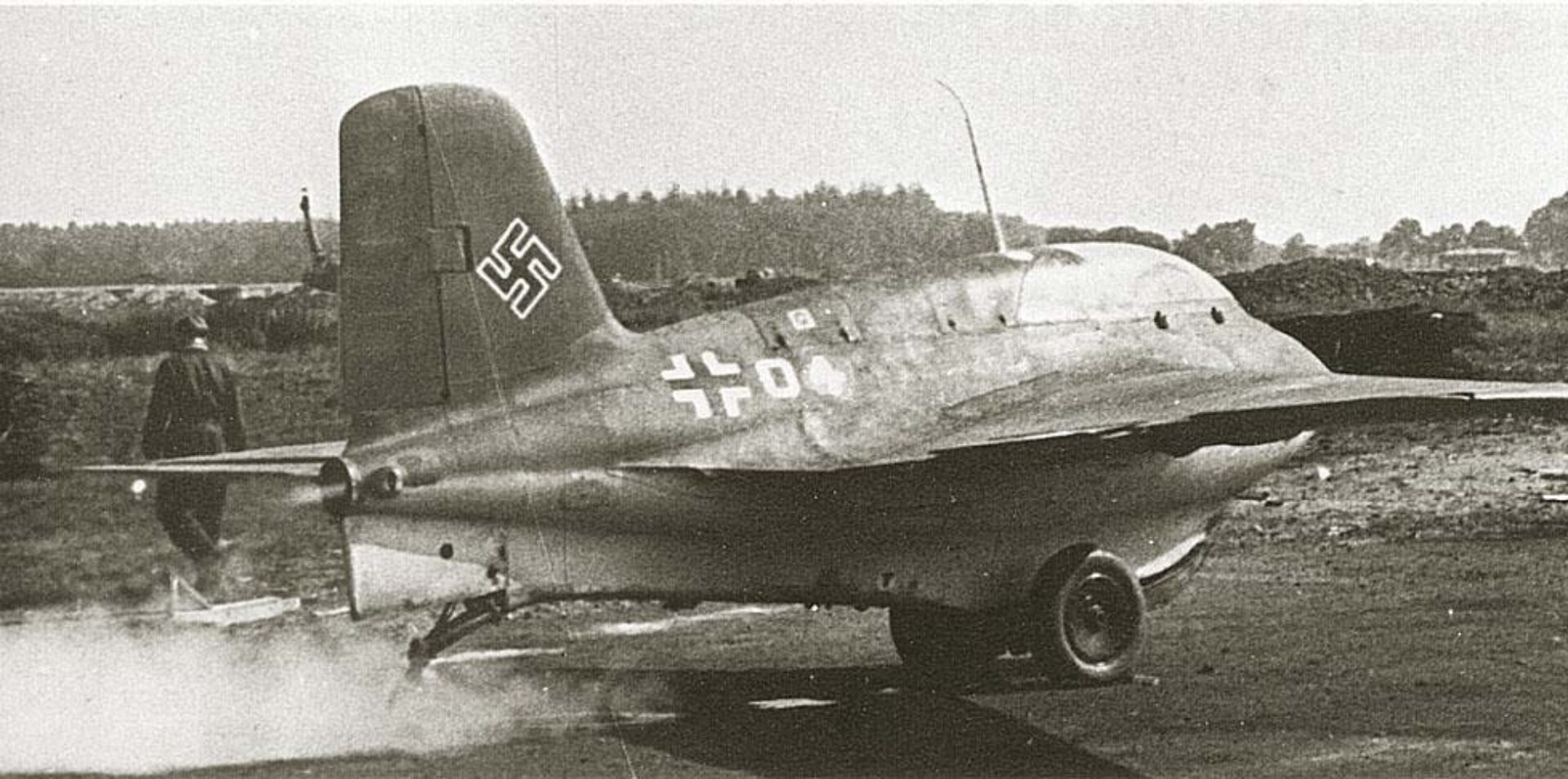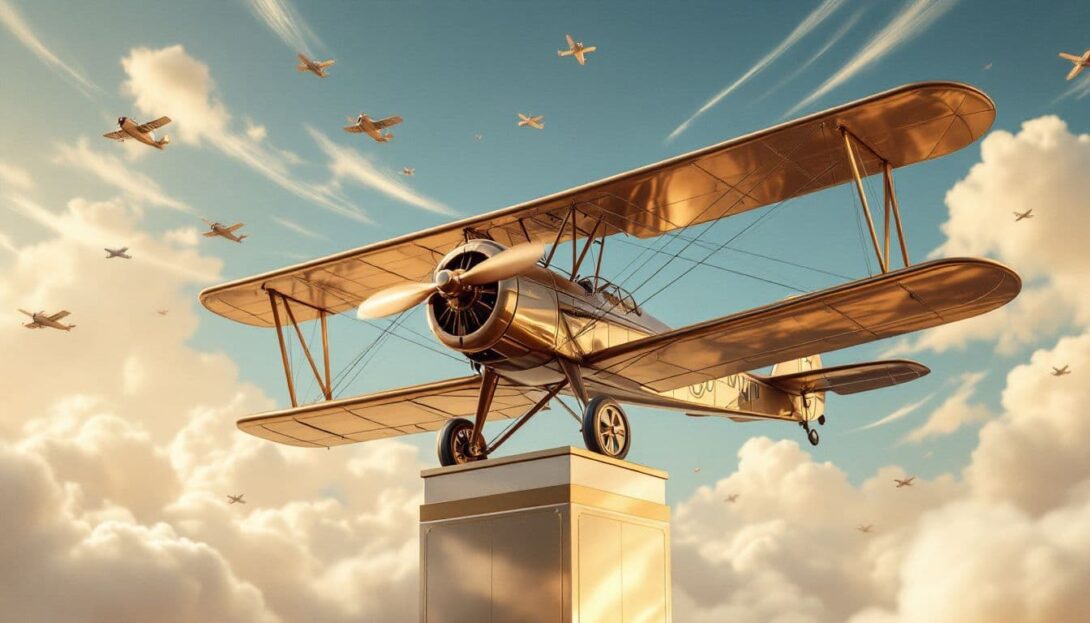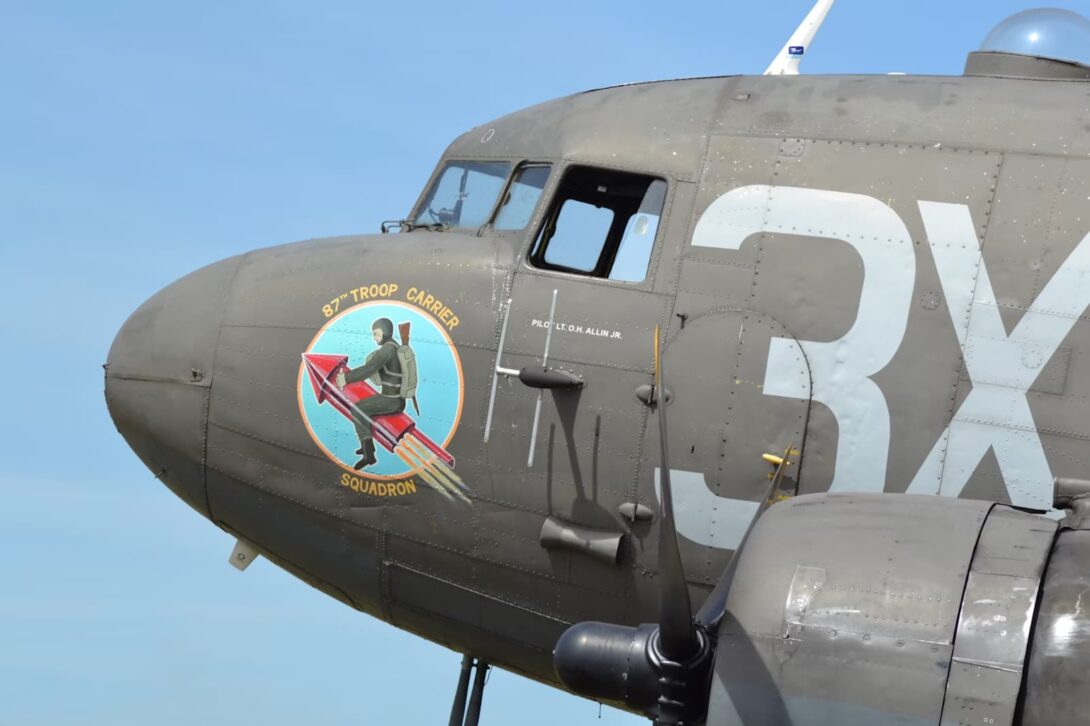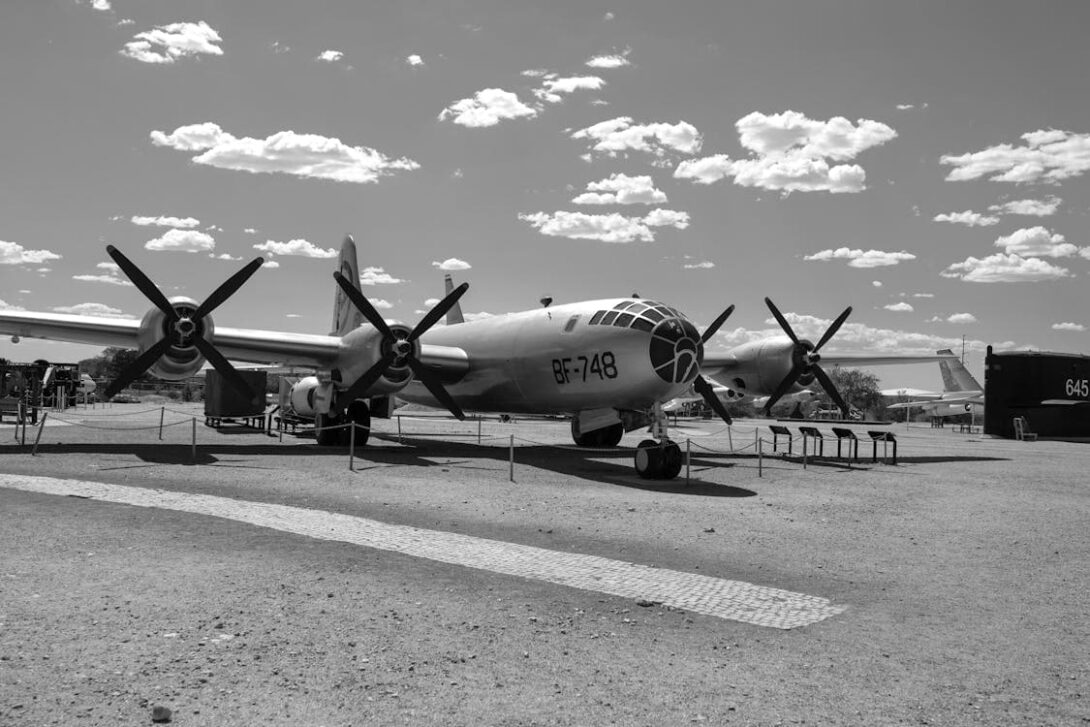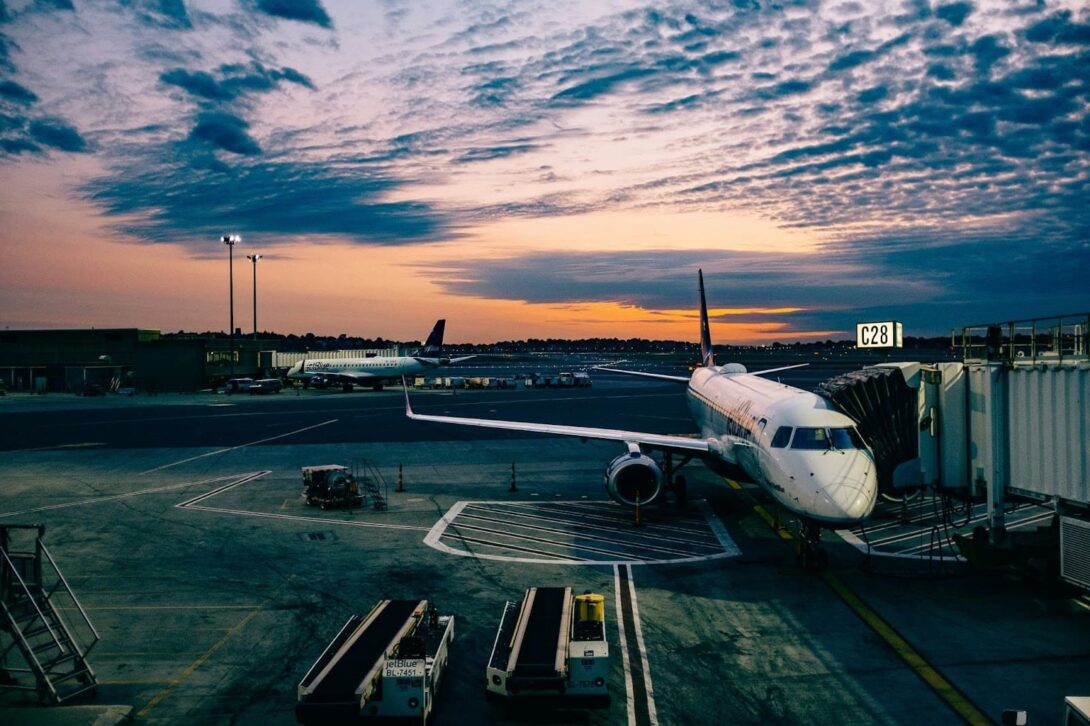During World War II, aircrews often adorned their flight jackets with colorful squadron patches, turning their uniforms into personal works of art. These patches served as a way to foster unit cohesion, boost morale, and, in many cases, inject a bit of humor into an otherwise grim reality.
1. The Flying Tigers: The Ferocious Shark Mouth
One of the most recognizable examples is the Flying Tigers, the American Volunteer Group that fought in China before the U.S. officially entered the war. Their aircraft bore the famous shark mouth design, an intimidating symbol inspired by German Stuka dive bombers. This striking imagery was also incorporated into squadron patches, reinforcing their aggressive reputation. Pilots wearing this patch were known for their deadly precision in air-to-air combat against Japanese forces, securing their legendary status.
2. The 91st Bomb Group: The Triangle A & Memphis Belle

Another iconic design belonged to the 91st Bomb Group, which flew B-17 Flying Fortresses over Europe. Their insignia, the “Triangle A”, wasn’t just an identifying mark—it was a symbol of perseverance as the group endured some of the most dangerous bombing missions of the war. Many of the unit’s aircraft, including the legendary Memphis Belle, featured unique nose art that matched the squadron’s emblem, adding a deeply personal touch to each aircraft.
3. The 617 Squadron RAF: The Bouncing Bomb Insignia

Across the Atlantic, the Royal Air Force (RAF) had its own creative traditions. One of the most famous insignias belonged to the 617 Squadron, known as the “Dambusters.” Their patch featured a bouncing bomb, a reference to their daring raid against German dams using a specially designed bouncing bomb. This squadron became one of the most revered in RAF history, as their precision attacks significantly disrupted Nazi Germany’s industrial capacity.
4. The 100th Bomb Group: “The Bloody Hundredth”
Nicknamed the “Bloody Hundredth” for its devastating losses in combat, the 100th Bomb Group was part of the Eighth Air Force. Their patch featured a black skull in front of a red background, reflecting the group’s grim reality. The 100th became known for its relentless bombing campaigns over Europe and is still honored today for its sacrifices and heroism.
5. The 332nd Fighter Group: The Red Tails
The Tuskegee Airmen, part of the 332nd Fighter Group, were the first African American military aviators in the U.S. Armed Forces. Their aircraft were easily recognizable due to their distinct red tails, which inspired their famous nickname. The squadron’s patch displayed a red devil-like figure clutching lightning bolts, symbolizing their speed and ferocity in combat. These pilots escorted bombers and racked up an impressive record of protection, breaking racial barriers in the military.
6. The 303rd Bomb Group: “Hell’s Angels”
The 303rd Bomb Group was one of the first American units to bomb Nazi-occupied Europe. Their patch often featured the image of a grinning skull with wings, or sometimes a depiction of a scantily clad pin-up girl—an homage to the nose art many crews painted on their planes. The group gained fame when their B-17 Hell’s Angels became the first bomber to complete 25 missions, inspiring morale across the Allied air forces.
7. The 44th Bomb Group: The “Flying Eight-Balls”
Another visually striking patch belonged to the 44th Bomb Group, known as the “Flying Eight-Balls.” Their patch displayed a winged eight-ball surrounded by flames, representing the unit’s high-risk bombing missions. The group suffered heavy losses but played a crucial role in the destruction of German war industries.
8. The 1st Fighter Group: The “Lightning Bolt”
Flying the P-38 Lightning, the 1st Fighter Group had an emblem featuring a bold lightning bolt cutting through a cloud. Their aggressive air tactics and fast fighter planes made them some of the deadliest pilots in the skies over Europe and North Africa.
9. The 8th Air Force: “Mighty Eighth”
The 8th Air Force, responsible for countless bombing runs over Nazi Germany, featured an emblem with a golden-winged star set against a blue field. Nicknamed the “Mighty Eighth,” this force became legendary for its daring daytime bombing missions, which changed the course of the war.
10. The 82nd Airborne: “All-American”
While primarily known as a paratrooper unit, the 82nd Airborne Division also played a key role in air operations, and their patch featuring the famous “AA” (for All-American) became synonymous with elite airborne troops dropping behind enemy lines.
From Combat Gear to Everyday Wear: Cross-Stitching Squadron Pride
Though these squadron patches originated on bomber jackets and uniforms, they’ve since found a new life in artistic expression. Embroidered patches remain a part of military culture, but they’ve also been embraced by aviation enthusiasts, historians, and craft lovers who recreate them using cross-stitch and hand embroidery.
If you’re passionate about aviation history, you can handcraft iconic squadron patches onto your own clothing, backpacks, or aprons using cross-stitch patterns. Cross-stitching, a centuries-old embroidery technique, allows for detailed and structured designs—perfect for replicating historic insignias. Whether it’s the Flying Tigers’ shark mouth, the Memphis Belle pin-up art, or the Bouncing Bomb insignia, these symbols can be recreated stitch by stitch, preserving their legacy in a unique and personal way.
Many cross-stitch enthusiasts design their own military-inspired patterns, while others follow historical patch designs to honor veterans or personalize their aviation memorabilia. Using simple embroidery techniques, these patches can be attached to jackets, flight bags, or even framed as tribute pieces.
Preserving History, One Stitch at a Time
Squadron patches are more than just fabric and thread—they tell the stories of bravery, humor, and identity from some of history’s most dangerous missions. While modern military units still wear their own insignias, the patches of WWII hold a unique place in aviation history. By embroidering these designs yourself, you’re not just creating an accessory—you’re keeping the spirit of these legendary squadrons alive.
Whether you’re a history buff, a cross-stitcher, or simply someone who appreciates the art behind these patches, stitching squadron pride into your work is a powerful way to connect with the past. Through every stitch, these symbols of courage, camaraderie, and resilience continue to soar.
